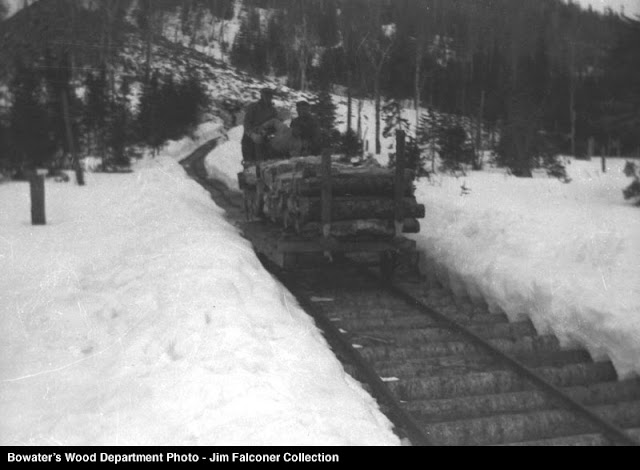 |
| Workshop participants. |
On Wednesday August 24, 2016 Dale and I drove out to Spaniard’s Bay for a short #NLHeritage roadtrip for a People Places and Traditions workshop. The local
heritage society invited us out to do a workshop with the community and engage local people with their heritage.
 |
| Discussing what to put on the cards for people, places, and traditions. |
The People, Places, and Traditions is the first step for communities who want to map out what heritage means to local people. It is a way to get people thinking about the resources in the area. All the people who make the best toutons, build boats, farm strawberries, tell great stories, or have knowledge particular to the area. It makes people think about the places where they swim, berry pick, trout, and about the old names for neighbourhoods and trails, community gathering places, and historic buildings. People remember traditions around bonfire night, Santa Claus parades, hauling wood, mummering, fairies, and local festivals and events.
 |
| Brandon and Dale discussing the location of a local sliding hill. |
Several great stories came out of last night’s discussion of community heritage including the story of the Lassy Wall. The Lassy Wall below the Holy Redeemer Church was built in 1830 as a retaining wall to shore up the hill from the main road. The people who built the wall were paid in
molasses so the wall became known as the Lassy Wall.
 |
| The Lassy Wall in Spaniard's Bay. Photo by Cathy Kleinwort, 2005. Courtesy of the Town of Spaniard's Bay. |
Another story about a place name was about Anthony’s Road which is locally known as
Crackie Road. There were two stories about where the name came from. Several of the older community members said the road was called Crackie Road because the people that lived there were “saucy as crackies” while a younger summer student with the heritage society who lived on the street was told it was just because there were a lot of crackies or small saucy dogs on the street.
 |
| Plotting the cards on the map. |
One story which was not well known in the community was about the unmarked graves on a marshy island in Shearstown Pond. The story that was told was of a family who died of a contagious disease and the people of the community were so worried about catching the disease that they buried the family on the island rather than in the community’s cemetery.
 |
| People, places. and traditions. |
There were a number of important local characters mentioned such E.H. Vokey who was a teacher, local historian, writer, and photographer. Another woman put down her grandfather who would always bake molasses raisin bread just for her (without the raisins) and would be sure to heat up rocks to send her to bed with at night!
 |
| Reviewing the story about the Spaniard's Bay Riot in 1932. |
Did you grown up in Spaniard’s Bay? If you have memories of other people, places, and traditions in the area let us know in the comments!
 |
| Traditions practiced at the Loyal Orange Lodge. |
~Terra Barrett












